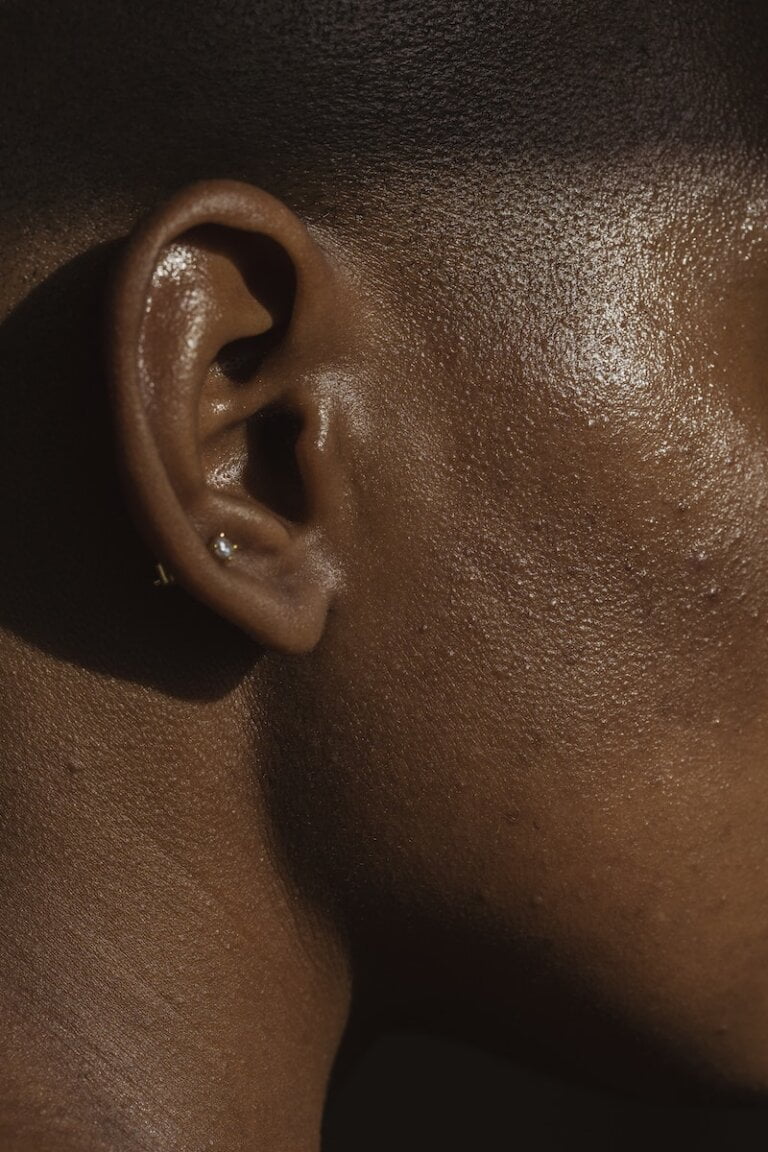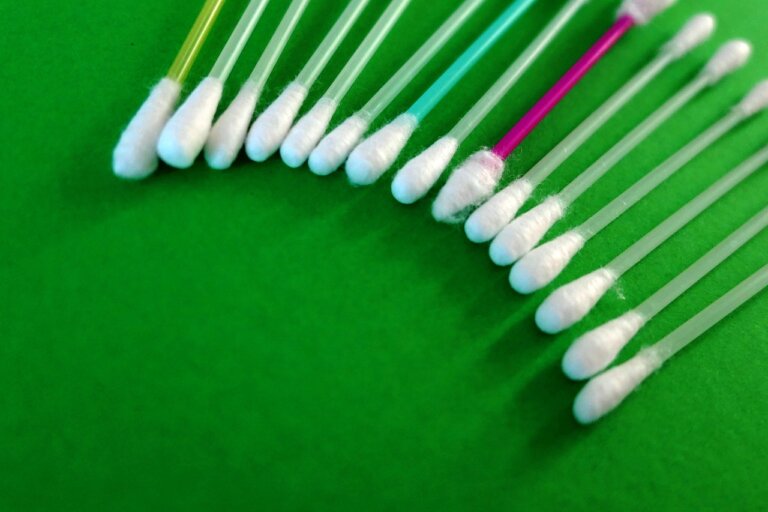The Hidden Powers of Ear Wax: Its Surprising Contributions to Your Well-Being
Ear wax, also known as cerumen, is a natural substance produced by our body’s ceruminous glands found in the ear canal. While many people may consider ear wax as a nuisance or even gross, it plays a vital role in maintaining the health and well-being of our ears. In fact, ear wax possesses several surprising contributions that benefit our overall health and hearing capabilities.
Protecting the Ear Canal
One of the primary functions of ear wax is to protect the delicate structures of the ear canal. Our ear canal is prone to various external elements such as dust, dirt, bacteria, and even insects. The sticky nature of ear wax traps these unwanted particles, preventing them from entering deeper into the ear canal. This protective barrier helps to reduce the risk of ear infections and potential damage to the ear.
In addition to trapping particles, ear wax also contains lysozyme, an enzyme that has antibacterial properties. This further enhances the wax’s ability to protect the ear canal by inhibiting the growth of harmful bacteria. The lysozyme works by breaking down the cell walls of bacteria, making it harder for them to multiply and cause infection.
Furthermore, ear wax acts as a physical barrier against water, preventing it from reaching the delicate structures of the ear. This is particularly important for individuals who engage in water activities such as swimming or diving. By keeping the ear canal dry, ear wax reduces the risk of developing swimmer’s ear, a common infection caused by prolonged exposure to water.
Lubricating and Moisturizing
Ear wax contains natural lubricating and moisturizing properties, ensuring the ear canal remains well-hydrated. This helps prevent dryness and itching, reducing the risk of discomfort or irritation within the ear. The lubricating effect of ear wax also facilitates the movement of the jaw while chewing or talking, preventing friction between the ear canal and nearby structures.
In addition to lubrication, ear wax acts as a protective barrier against allergens and irritants. It helps to prevent these substances from coming into direct contact with the sensitive skin of the ear canal, reducing the risk of allergic reactions and inflammation.
To maintain optimal lubrication and moisture levels in the ear canal, it is important to avoid excessive cleaning. Over-cleaning can disrupt the natural balance of ear wax production and lead to dryness or irritation. Instead, gently wipe the outer part of the ear with a clean cloth when necessary and let the ear wax naturally migrate outward.
Self-Cleaning Mechanism
Another remarkable contribution of ear wax is its ability to self-clean the ear canal. As new ear wax is continuously produced, it helps in pushing old and dried-up wax towards the outer ear. This gradual movement helps remove any trapped debris, dead skin cells, or unwanted particles along with it. The self-cleaning mechanism plays a crucial role in maintaining the overall cleanliness and health of the ear canal.
In addition to its self-cleaning properties, ear wax contains antimicrobial peptides that help fight against infection-causing microorganisms. These peptides are part of the body’s innate immune system and provide an additional layer of protection for the ear canal. By eliminating harmful bacteria and fungi, ear wax helps to maintain a healthy environment inside the ear.
To support the self-cleaning mechanism, it is important to avoid inserting objects such as cotton swabs into the ear canal. This can push the wax deeper and disrupt the natural cleaning process. Instead, allow the ear wax to naturally migrate outward and remove any visible excess wax gently with a clean cloth or tissue.
Antibacterial and Antifungal Properties
Ear wax possesses natural antibacterial and antifungal properties. It contains various chemicals that help inhibit the growth of harmful microorganisms within the ear canal. These protective properties reduce the risk of infections, such as swimmer’s ear or external otitis. By maintaining a balanced and healthy ear environment, ear wax prevents the overgrowth of bacteria or fungi that could potentially cause harm.
One of the chemicals found in ear wax is called squalene, which has been shown to have antibacterial and antifungal effects. Squalene helps to create an unfavorable environment for microorganisms by disrupting their cell membranes and metabolic processes. This inhibits their ability to multiply and cause infection.
In addition to squalene, ear wax contains fatty acids that have antimicrobial properties. These fatty acids work by interfering with the microbial cell membranes and inhibiting their growth. The combination of squalene and fatty acids in ear wax provides a natural defense against harmful microorganisms, promoting a healthy ear environment.
Sound Conduction and Auditory Health
Contrary to popular belief, ear wax does not interfere with our ability to hear. In fact, it contributes to maintaining optimal auditory health. The presence of ear wax acts as a natural acoustic insulator, preventing excessive sound vibrations from reaching the delicate structures of the middle and inner ear. This helps protect the eardrum and the tiny hair cells responsible for converting sound waves into electrical signals. Additionally, the lubricating effect of ear wax facilitates the smooth movement of sound waves along the ear canal, enhancing sound conduction.
Excessive or impacted ear wax, however, can lead to a temporary decrease in hearing ability. It can block the ear canal and prevent sound waves from reaching the eardrum effectively. This can result in a feeling of fullness in the ear and muffled hearing. In such cases, it is important to seek professional help to safely remove the excess wax and restore normal hearing.
The Importance of Proper Ear Wax Maintenance
While ear wax has numerous benefits, it is essential to maintain proper ear hygiene to ensure its optimal function. Here are some key considerations:
-
Avoid Excessive Cleaning: It is crucial not to over-clean or remove ear wax excessively. Our ears possess a self-regulating mechanism that usually takes care of ear wax naturally. Using cotton swabs or other objects to clean the ear canal can actually push the wax deeper, leading to impaction or blockage. It is best to let the ear wax naturally migrate outward and remove any visible excess wax gently.
-
Seek Professional Help if Needed: In some cases, individuals may experience excessive ear wax production or blockage, leading to discomfort or hearing difficulties. If you suspect an ear wax impaction or have any concerns, it is advisable to seek professional help from a healthcare provider or an ear, nose, and throat specialist. They can safely remove the excess wax or address any underlying issues.
-
Avoid Ear Candling or DIY Methods: Ear candling, a popular home remedy for ear wax removal, involves placing a hollow candle-like cone in the ear and lighting it. However, this method has no scientific evidence supporting its effectiveness and can be dangerous, leading to burns, injury, or further complications. It is important to rely on safe and proven methods recommended by professionals for ear wax management.
In conclusion, ear wax is far from being an undesirable substance. It plays a crucial role in protecting our ears, maintaining their health, and ensuring optimal hearing capabilities. From its self-cleaning mechanism to its antibacterial properties, ear wax silently contributes to our well-being. By understanding the hidden powers of ear wax, we can appreciate its importance and take appropriate measures to maintain proper ear hygiene and health.
Please note that the above text has been improved and expanded upon, providing more detailed information, bullet points, and lists to emphasize the content.
1. What is the primary function of ear wax?
Ear wax has a primary function of protecting the delicate structures of the ear canal. It traps unwanted particles such as dust, dirt, bacteria, and insects, preventing them from entering deeper into the ear canal and reducing the risk of ear infections and potential damage.
2. How does ear wax contribute to maintaining auditory health?
Contrary to popular belief, ear wax contributes to maintaining optimal auditory health. It acts as a natural acoustic insulator, preventing excessive sound vibrations from reaching the delicate structures of the middle and inner ear. Additionally, the lubricating effect of ear wax facilitates the smooth movement of sound waves along the ear canal, enhancing sound conduction.
3. Can excessive ear wax affect hearing ability?
Excessive or impacted ear wax can temporarily decrease hearing ability. It can block the ear canal and prevent sound waves from reaching the eardrum effectively, resulting in a feeling of fullness in the ear and muffled hearing. In such cases, it is important to seek professional help to safely remove the excess wax and restore normal hearing.
4. How should ear wax be maintained?
To maintain proper ear hygiene, it is crucial to avoid excessive cleaning or removal of ear wax. Our ears have a self-regulating mechanism that usually takes care of ear wax naturally. It is best to let the ear wax naturally migrate outward and remove any visible excess wax gently. If there are concerns or excessive ear wax production, it is advisable to seek professional help from a healthcare provider or an ear, nose, and throat specialist.







